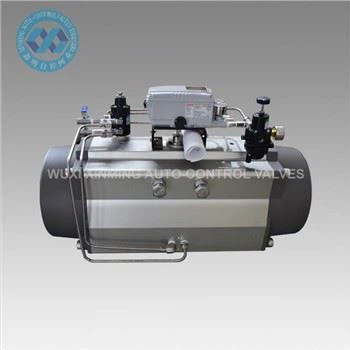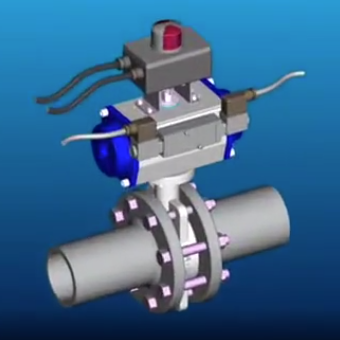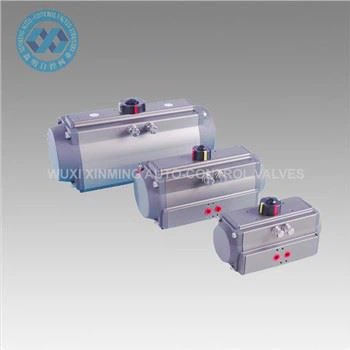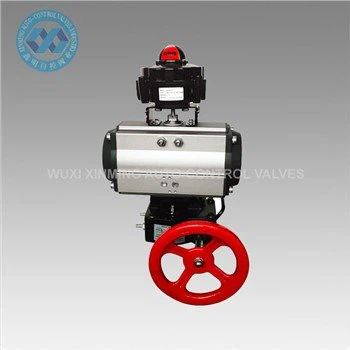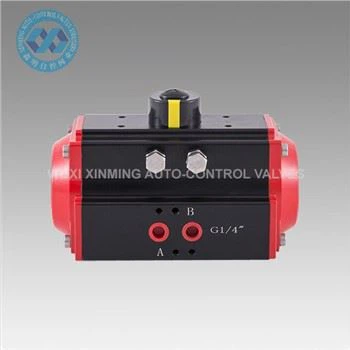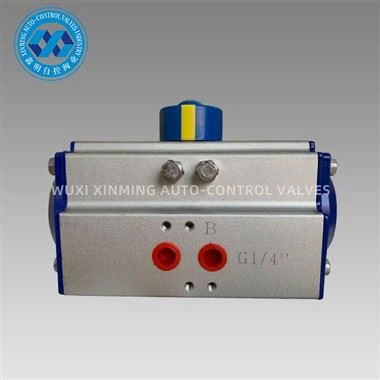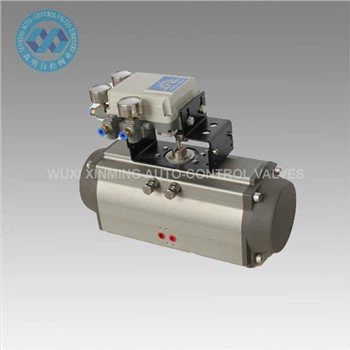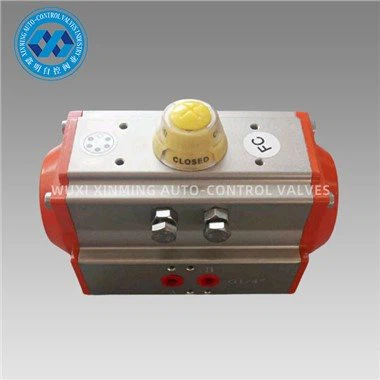Introduction
In industrial automation, actuators play a crucial role in converting energy into mechanical motion. Two of the most widely used types are pneumatic actuators and electric actuators. Each has distinct advantages and limitations, making them suitable for different applications. This article provides a detailed comparison of these two actuator types based on performance, efficiency, cost, and application suitability.
1. Working Principle
- Pneumatic Actuator: Uses compressed air to generate motion. When air pressure is applied, it moves a piston or diaphragm, creating linear or rotary motion.
- Electric Actuator: Converts electrical energy into mechanical motion via an electric motor, often with gears or lead screws for precise control.
2. Key Differences
3. Advantages & Disadvantages
Pneumatic Actuators
✅ Pros:
- Simple, robust design
- High speed and force output
- Safe in explosive environments
- Lower upfront cost
❌ Cons:
- Less precise control
- Requires air compressor (higher operating cost)
- Noisy operation
Electric Actuators
✅ Pros:
- High precision and programmability
- Energy-efficient
- Quiet operation
- No need for air supply
❌ Cons:
- Higher initial cost
- More complex maintenance
- Potential overheating in continuous use
4. Best Applications
- Pneumatic Actuators: Ideal for high-speed, high-force applications like packaging, clamping, and valve control in oil & gas.
- Electric Actuators: Best for precision tasks (e.g., robotics, CNC machines, medical devices) where control and repeatability are critical.
5. Future Trends
- Pneumatic: Improved efficiency with smart valves and IoT monitoring.
- Electric: Growth in servo-driven actuators with AI-based predictive maintenance.
Conclusion
The choice between pneumatic and electric actuators depends on speed, precision, cost, and environmental factors. Pneumatic systems excel in rugged, high-speed applications, while electric actuators dominate in precision automation.
If you want to learn more about low-priced products, please visit the following website: www.xm-valveactuator.com


